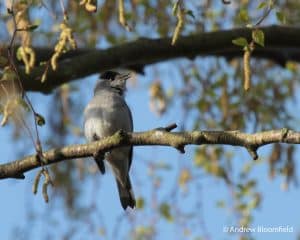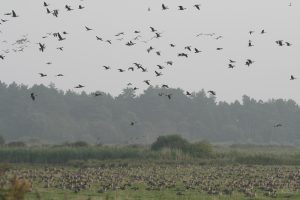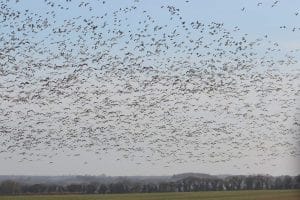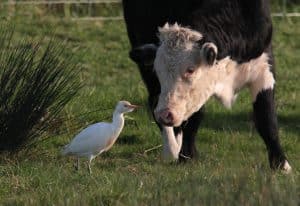What have fungi ever done to us?
November 11, 2020 | Nature news | 5 minute read
Fungi, often referred to as mushrooms and toadstools, seem to have earnt an unfairly negative reputation over the years. Toadstools have a classic image as a toxic seat for an ugly toad, a creature linked, in folklore, to witches and witchcraft. Mushrooms are most commonly thought of as edible fungi, but it would still take a brave soul to actually eat one that was found in the wild.
However, try living without bread, cheese, beer and antibiotics. All these amazing things, plus countless more, are made using one of the approximately 3 million fungi found worldwide – 15,000 of which can be found in the UK. Fungi are neither a plant nor an animal. They have their own Kingdom of classification and are, in fact, closer to an animal than a plant. The fungus itself is the fruiting body of the organism, which only emerges when climatic conditions are just right. Temperature and moisture levels are the key catalysts for the fruiting process. The fungus will emerge from the soil, dead wood, live wood or even something as seemingly inconsequential as a pine cone. As it rapidly grows its shape, colour and size will change until it reaches its prime and then alter again as it deteriorates and finally turns to a squelchy mess that will reincorporate itself with its surroundings. Fungi produce spores, the equivalent to a plant’s seeds, which are dispersed mainly by the wind. They generally drop from the cap of the fungus and, being microscopic and extremely light, are then carried great distances by air currents. In this way fungi spread and then appear in all manner of places.
The fruiting bodies of fungi are weird and wonderful, an absolute feast for the eyes and imagination, but the really magic workings of fungi are mostly going on underground. Mycelia are the web-like, branching network of hyphae from which forms the fruiting body or fungus, as we know it. The mycelia might be absolutely minute or could span many acres. It is thought that for every tree growing on the planet there is the equivalent mass of mycelia in the soil below it. If you think about that, it really is amazing! The mycelia produce enzymes which digest organic matter within the soil or dead wood. The fungi are therefore feeding on the decaying matter and improving the quality of the substrate, much like worms speed up the composting process. Not only this, but the ‘webbing’ of mycelia holds the soil together, giving it great strength and structure. This means the soil will not simply get washed away when it rains and plants trees have a much firmer substrate in which to live and grow. Recently, it has been suggested that trees actually ‘communicate’ in some way through the mycelia which lie beneath them in massive, interconnected networks. Though they are not quite talking, it may be that there is some form of biological messaging which is going on.
The diverse habitats at Holkham National Nature Reserve hold a multitude of impressive and intriguing fungi. The best area to find them is at the edge of the pinewoods, where the dune system reaches its climax. A mixture of a couple of hundred years of shed acidic pine needles, salty air and sandy substrate means that we have a range of unusual and rare fungi ready to be discovered and admired (not removed or foraged as this is an AONB/SSSI):
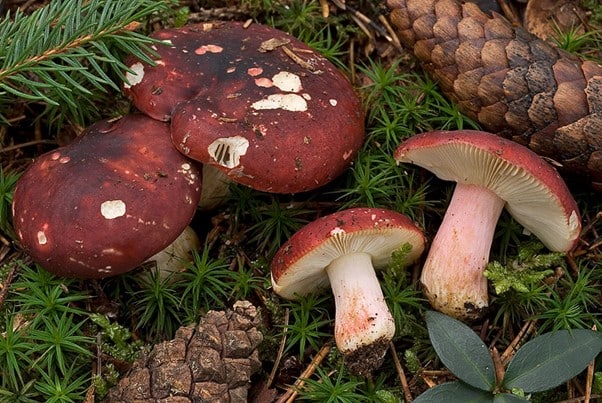
Crab Brittlegill (Russula xerampelina) – This bright and impressive fungus emerges from the mossy banks of the grey dunes as a shiny, deep red dome. The cap can grow up to 15cm in diameter and the stipe (stem) blushes a beautiful rose pink. Although edible, the fishy odour which gives it its common name may put you off somewhat!
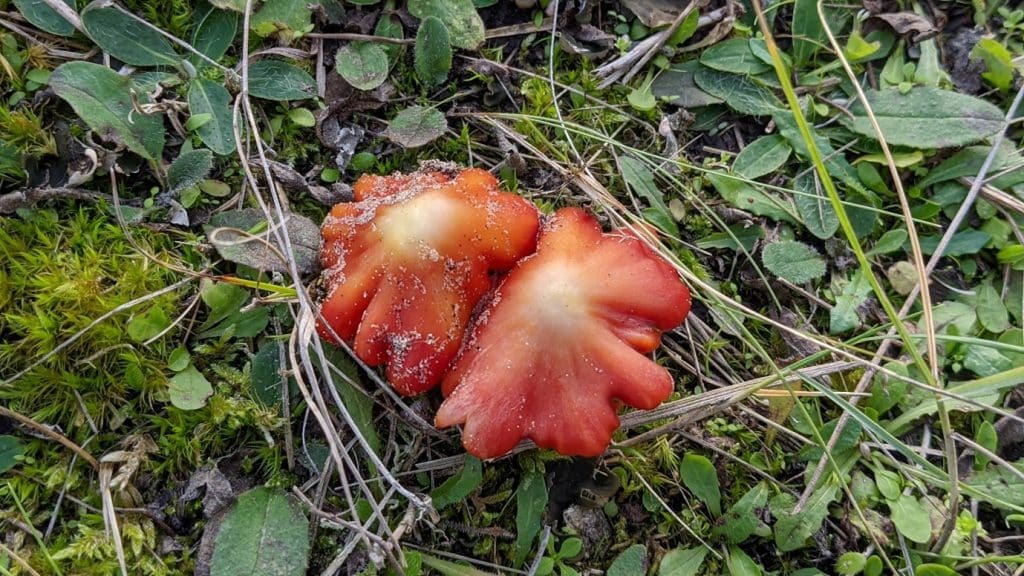
Dune Waxcap (Hygrocybe conicoides) – This is another Holkham speciality, occurring in abundance in the dune slacks during the Autumn months. The fruiting body ranges from dark red, crimson, yellow and amber, often in small groups. The cap is very waxy in appearance and to the touch and matures into a shape resembling a flower head. A stunning little fungus.
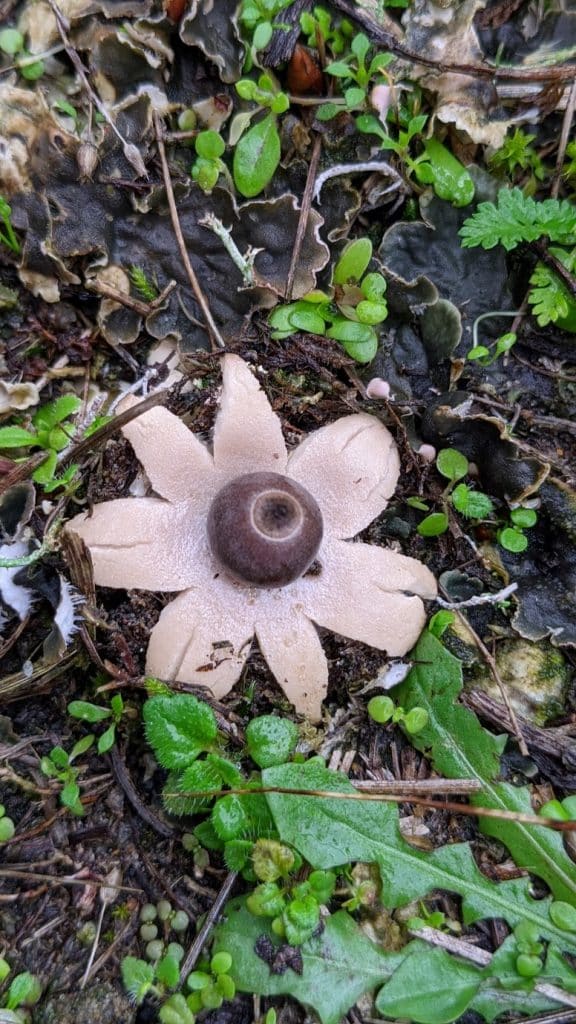
Tiny Earthstar (Geastrum minimum) – Measuring on 1.5-3cm when fully expanded, this fascinating little fungus is extremely rare and, until recently, had only been recorded at Holkham NNR. It has now been found in a couple of other locations which have that all-important dune slack habitat. As it emerges, the outer layer splays open to form a star-shaped collar, on which sits the spherical spore sac. Tricky to find, but oh so worth it!
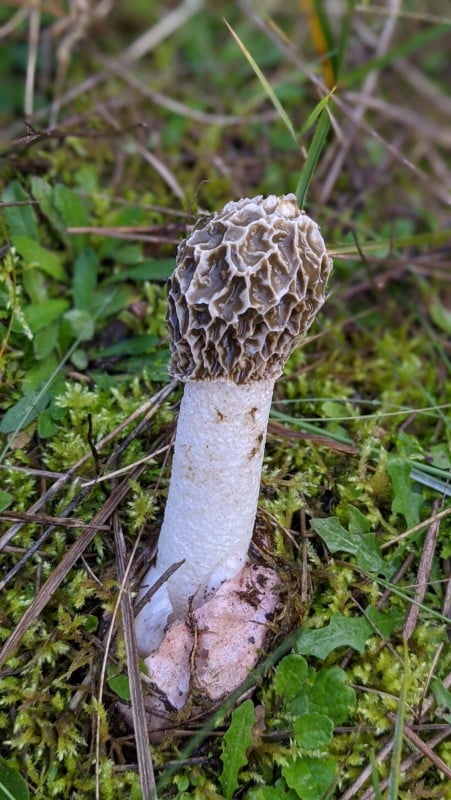
Dune Stinkhorn (Phallus hadriani) – Another fungus which occurs only in dune systems, the Dune Stinkhorn emerges from a violet coloured ‘egg’, known as a volva. It then rises to its full glory and displays a tip coated in a very smelly olive-green coloured substance which contains its spores. Flies are attracted to this, land on it and then unwittingly disperse the spores.
View all latest blog posts here.
